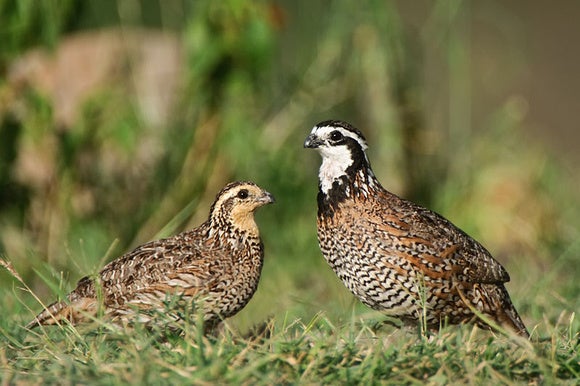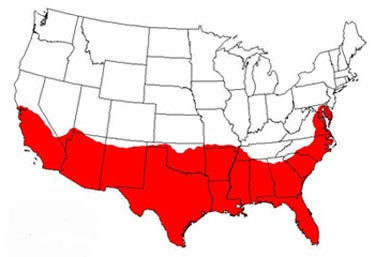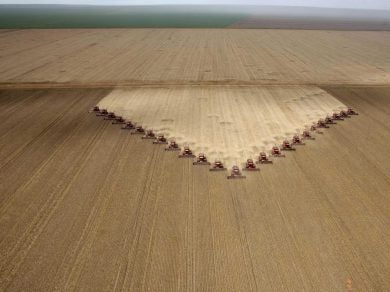Quail Numbers a Mere Fraction of What They Once Were
Bob McNally 07.28.17

Upland birds hunters have known this for many years, but it’s now scientifically documented by the U.S. Department of Agriculture.
Bobwhite quail numbers in Florida are down by 80 percent compared to what they were just prior to World War II.
There are a litany of causes for this tragic loss of what arguably is America’s premier upland game bird. But three things are primarily to blame, according to the Dept. of Agriculture.
One, and most likely the biggest cause of the quail’s demise, is the fire ant, whose massive mounds are common throughout the South’s premier quail properties. People who have never encountered fire ants have little understanding how aggressive and deadly they can be. In seconds thousands of ants swarm from a nest, and they quickly dispatch quail chicks, as well as the small insects birds feed on.
Fire ants cover 3.5 million square miles of Dixie bobwhite habitat, devouring birds whenever opportunity arises.
Second major problem for quail is loss of low-scrub habitat due primarily to giant “clean” farming practices from large agri-businesses. Small family farms are rare in much of the South today, so the weeds and low brush often found along fence and ditch lines have been wiped clean by herbicides. This lack of field edge cover reduces bird food, and makes them vulnerable to a hose of predators.
Third on the quail hit list are predators. From egg-eating, small mammals like skunks and raccoons, to hawks and owls that snatch birds out of the sky and the ground, survival is a daily challenge.
University and state wildlife programs are on-going to aid bobwhites. But no end to the problems for wild quail is likely on the near horizon.

